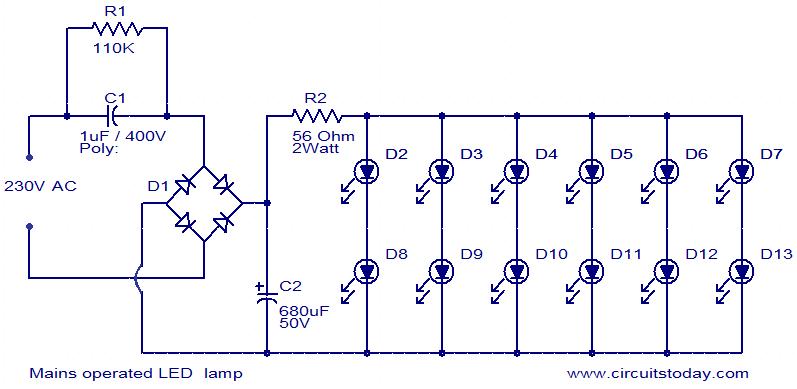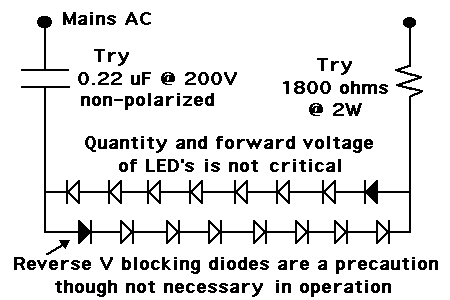lloydi12345
Member level 4
Hi I would like to ask if you guys have any schematic that could produce 9v to 12v that has a current rating of at least 1A. I'm connecting them to the AC line directly. I prefer to use a switching type of circuit to have the smallest circuit and components to use. I already thought of using transformer to be connected to the AC line but it seems to be bulky so I'm looking for a simpler and smaller design. I would like to power several strings of leds to make a small version of fluorescent tube.
I found this one https://bbs.dianyuan.com/bbs/u/30/1118463481.pdf but the components are not available locally and it outputs a low voltage of 5V. I prefer using 9V circuit or above.
Any suggestion or comment will be so much of help. Hoping for your usual assistance. :smile:
Cheers,
lloyd
I found this one https://bbs.dianyuan.com/bbs/u/30/1118463481.pdf but the components are not available locally and it outputs a low voltage of 5V. I prefer using 9V circuit or above.
Any suggestion or comment will be so much of help. Hoping for your usual assistance. :smile:
Cheers,
lloyd

